Exhibitions
An Appeal from the Graphic Impressions Coordinator
The Reflective exhibition debuted at Our Shared Future, the 2022 SGCI conference hosted by UW-Madison. Representing a wide array of print disciplines and priorities it is indicative of the outstanding legacy and potential educational resource of the SGCI archive. The Zuckerman Museum at Kennesaw State University, under the guidance of Director of Curatorial Affairs, Cynthia Thompson, has stewarded the archives as it continues to grow and evolve with every conference. How can we make use of the collection so that it is more than an ever-expanding flat file that sits largely unopened? One way is to digitize the archives so that it can be a virtual resource for students and print scholars in perpetuity. The Museum personnel must focus on their continuing programming, so there is an opportunity for we, the members, to preserve our archives and make them accessible to all. Discussion has begun to create an internship program for students with an interest in art history and/or curation to come to KSU in the summer to help digitize the collection. This would require an additional financial commitment for the organization. If this exhibition is a reminder of the value of our illustrious past and exciting present and you want to see the archives be a continuing resource for reflection and inspiration please consider donating to SGCI. If you’re at an institution that could be interested in working with the organization and the museum for an internship program please reach out. This is a special priority for me, currently in its infancy, I will return to following the Puertograbando conference. Please stay tuned!
Curatorial Statement
The Reflective: The SGCI Archive at 50 presents a rich selection of offerings illustrating the notable and vital developments in the field of contemporary printmaking practices over the course of decades. The SGCI organization has long maintained national and international recognition in the discipline of printmaking, which now extends into the collaborative arenas of both papermaking and book arts. In a physical, historical, and visual sense, this exhibition frames the context of this art-making discipline as punctuated milestones chronicling the past while embracing the mutualism of shared futures.
Celebrating the broad definition of “print” to include an interdisciplinary approach and expansion of print media, The Reflective illuminates the achievements made by contemporary artists who are challenging and redefining the medium to create works that are technically and conceptually diverse; innovative and consistently flawless in craftsmanship; and above all mirror each of the artists’ concept and vision.
–Cynthia Nourse Thompson, Curator
Bernard A. Zuckerman Museum of Art
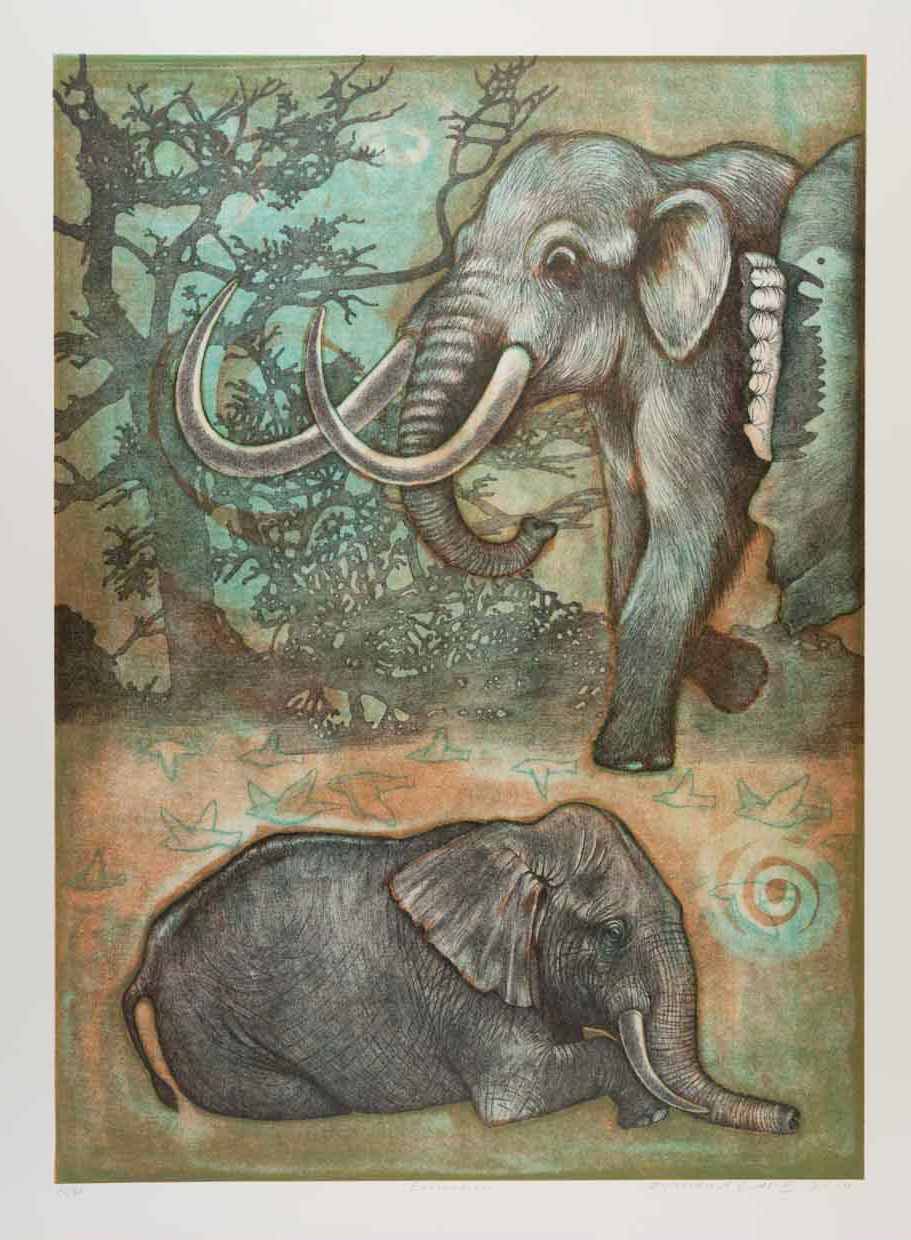
Sydney A. Cross, Extinction, 2014. Lithograph. Gift of Geo Sipp.
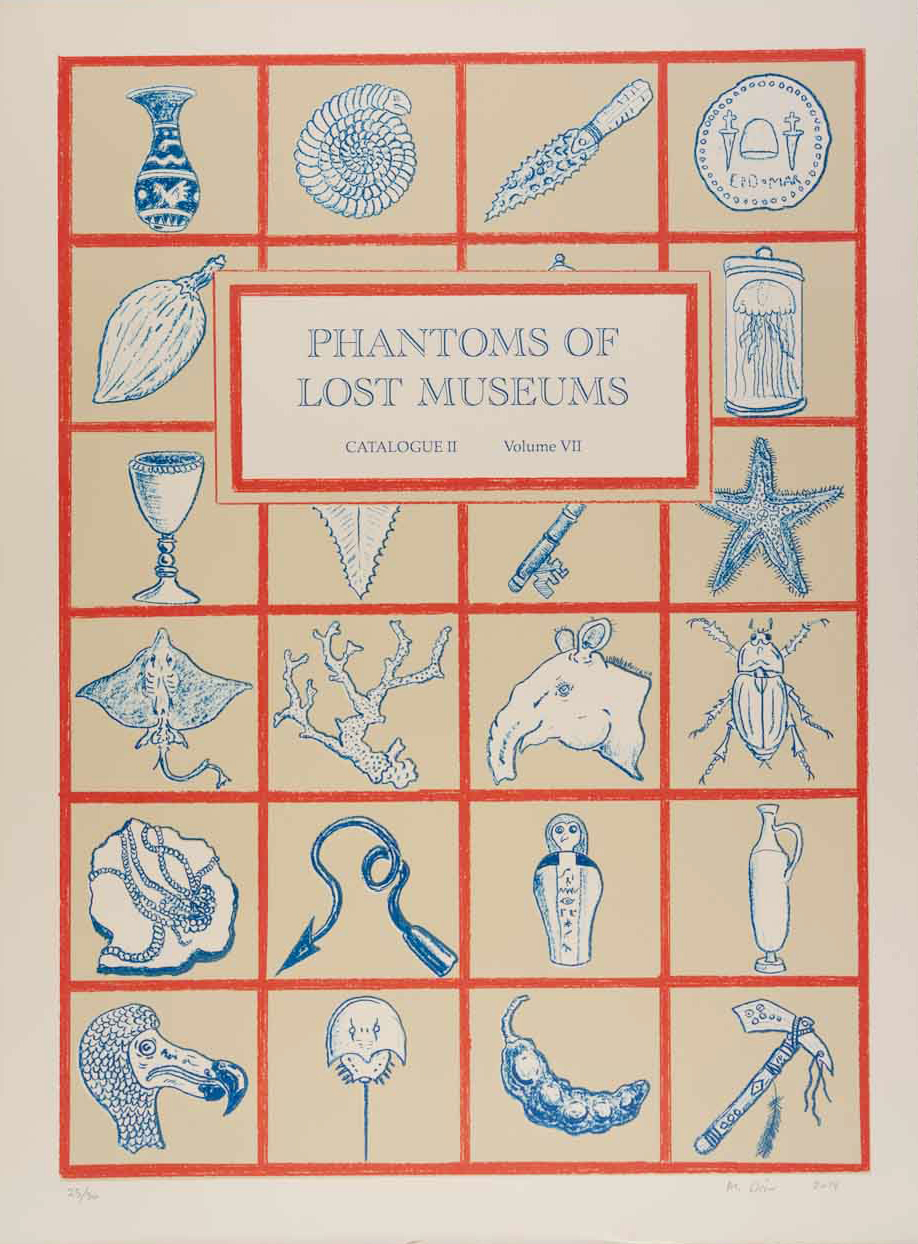
Mark Dion, Phantoms of Lost Museums, 2014. Lithograph. Gift of Geo Sipp.
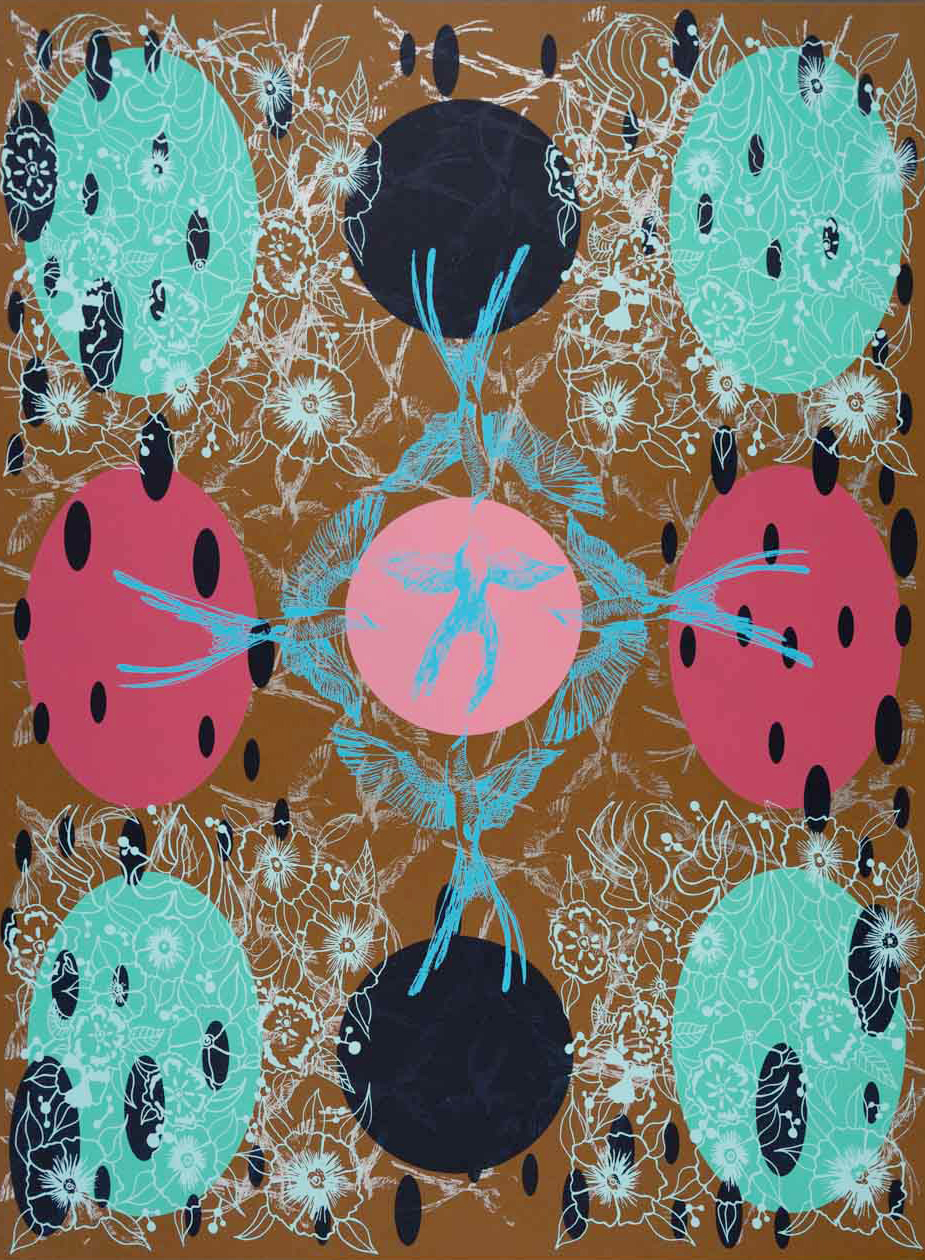
John Hitchcock, Kaku, 2014. Screenprint. Gift of Geo Sipp.
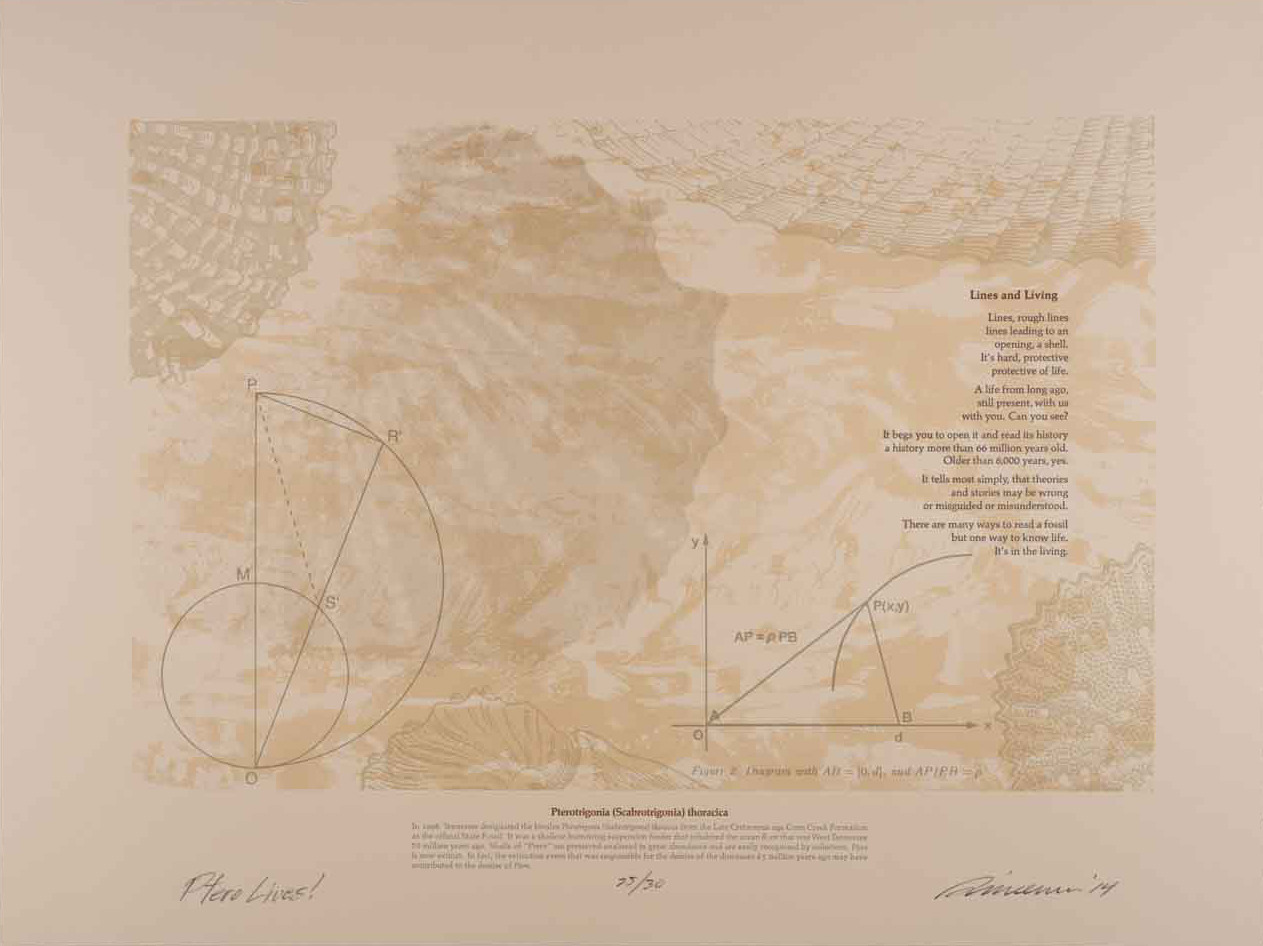
John Risseeuw, Ptero Lives!, 2014. Letterpress and polymer relief plate. Gift of Geo Sipp.
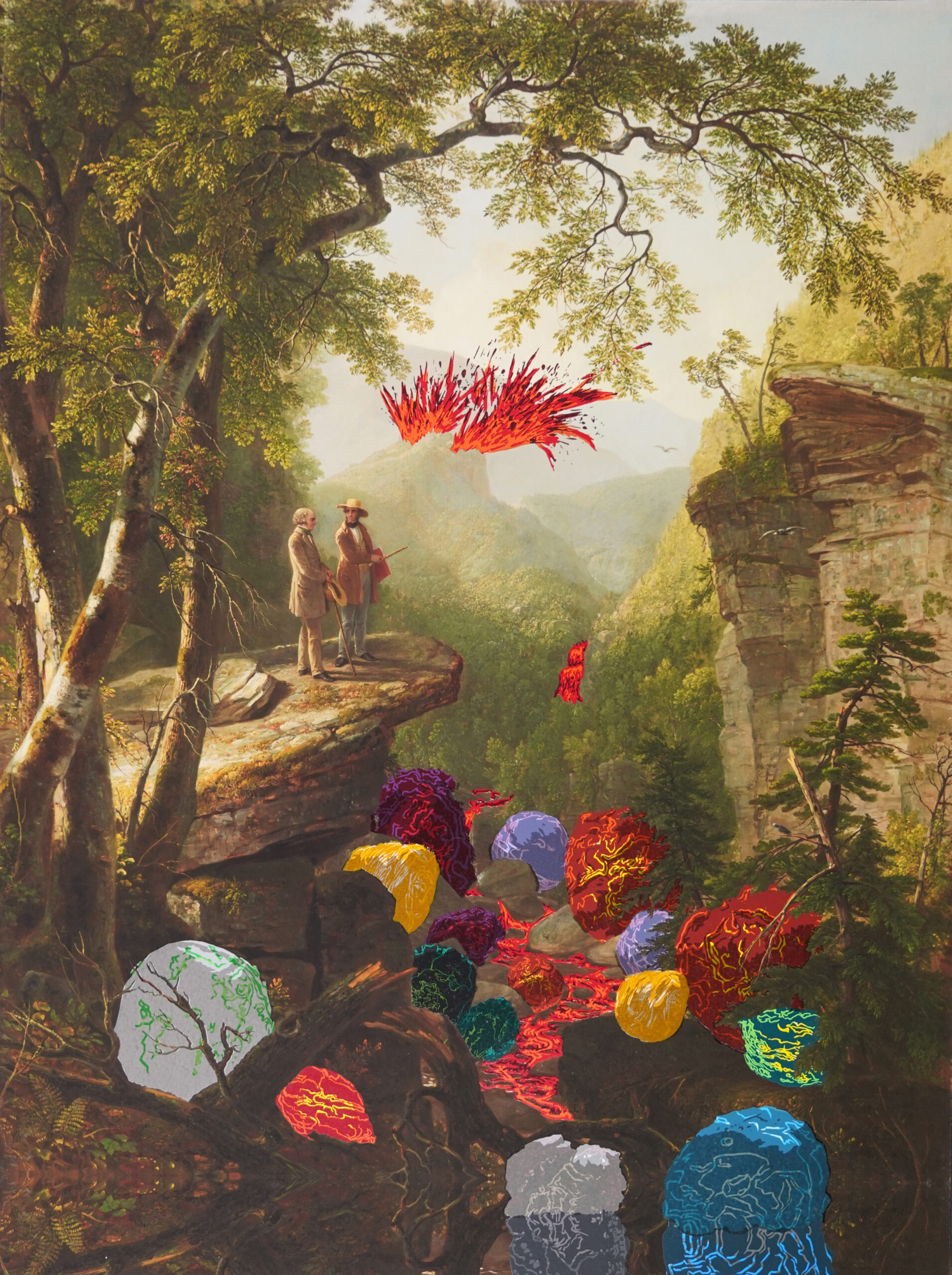
Shawn Bitters, Unrequited, 2019. Archival Inkjet and screenprint. Gift of the artist.
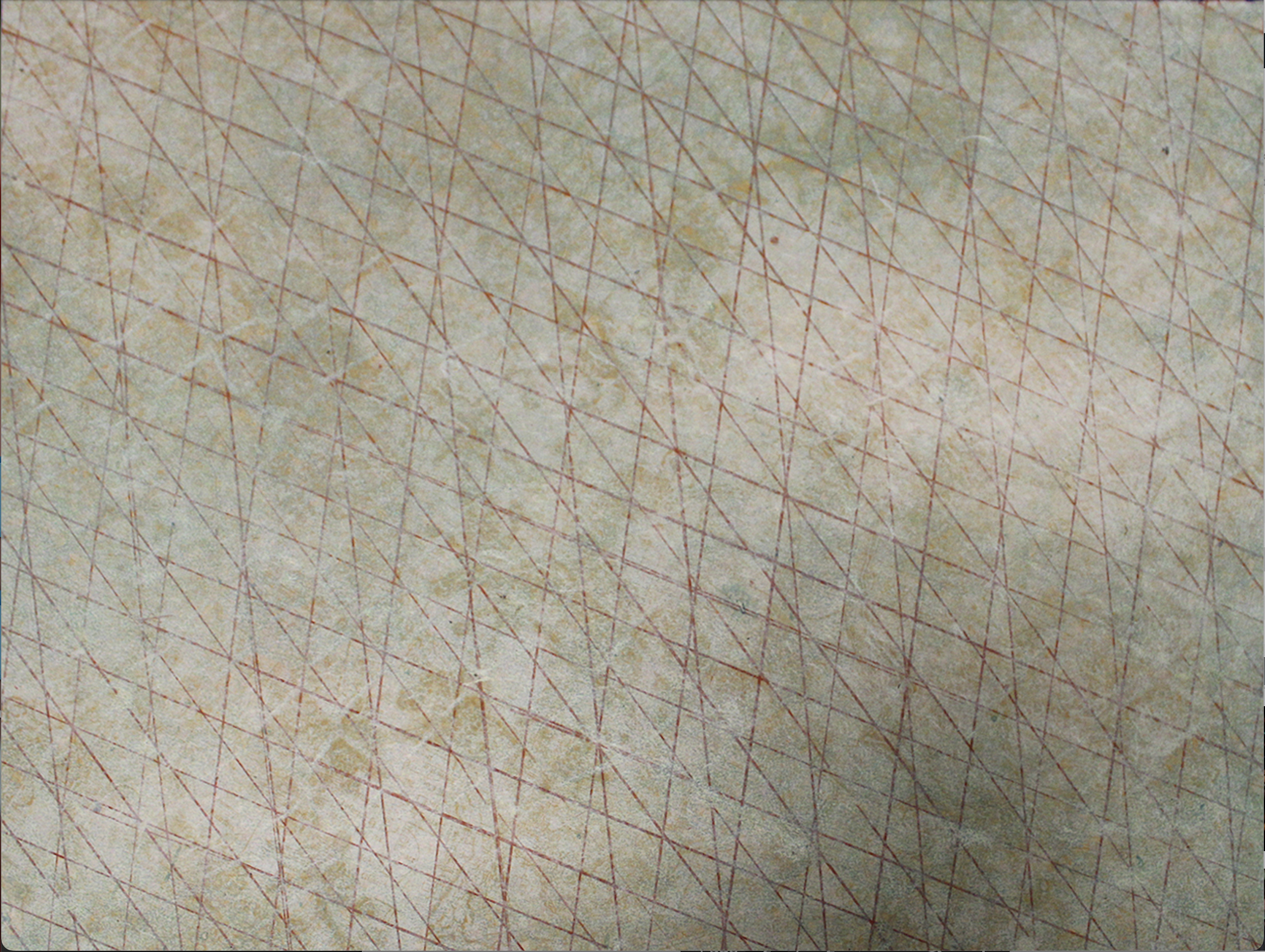
Joan Hall, Ghost Nets, 2009. Collagraph and photolithograph on handmade paper. Gift of the artist.

David Charles Chioffi, Matrix 75813, 2018. Archival pigment print and letterpress. Gift of the artist.
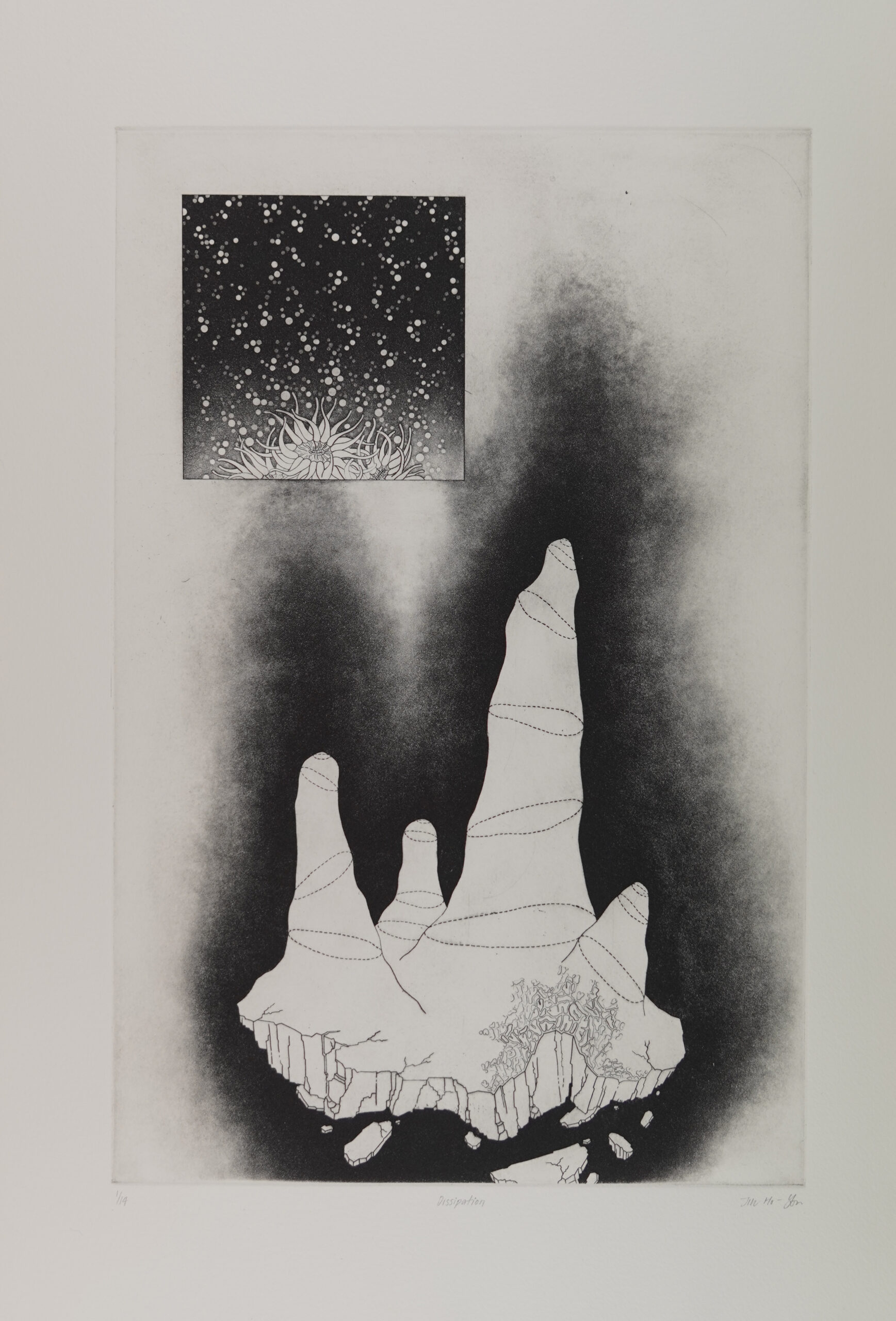
Jill Ho-You, Dissipation, 2020. Spitbite etching. Gift of the artist.
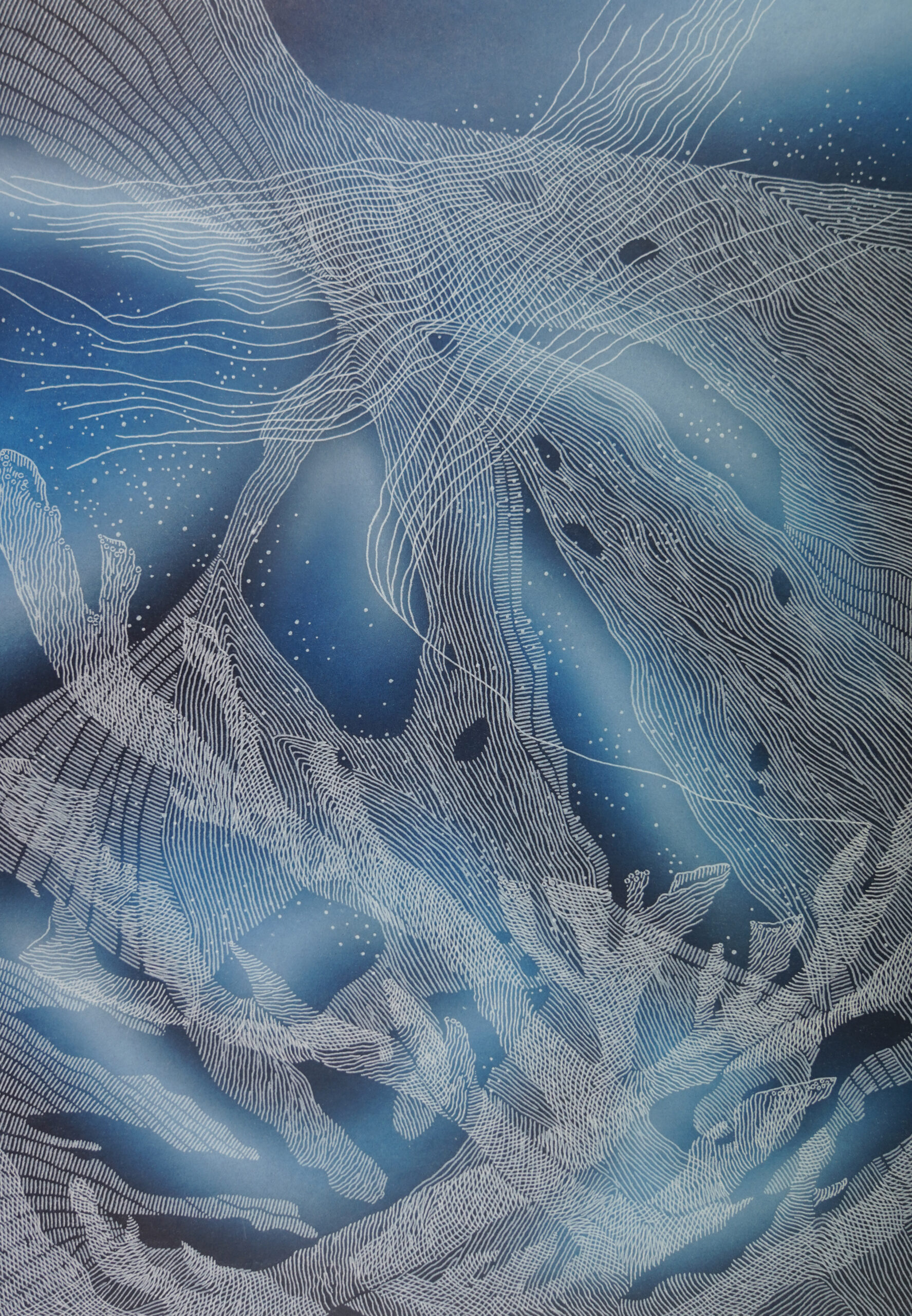
Melissa Smith, Caught in the Moonlight, 2020. Etching. Gift of the artist.
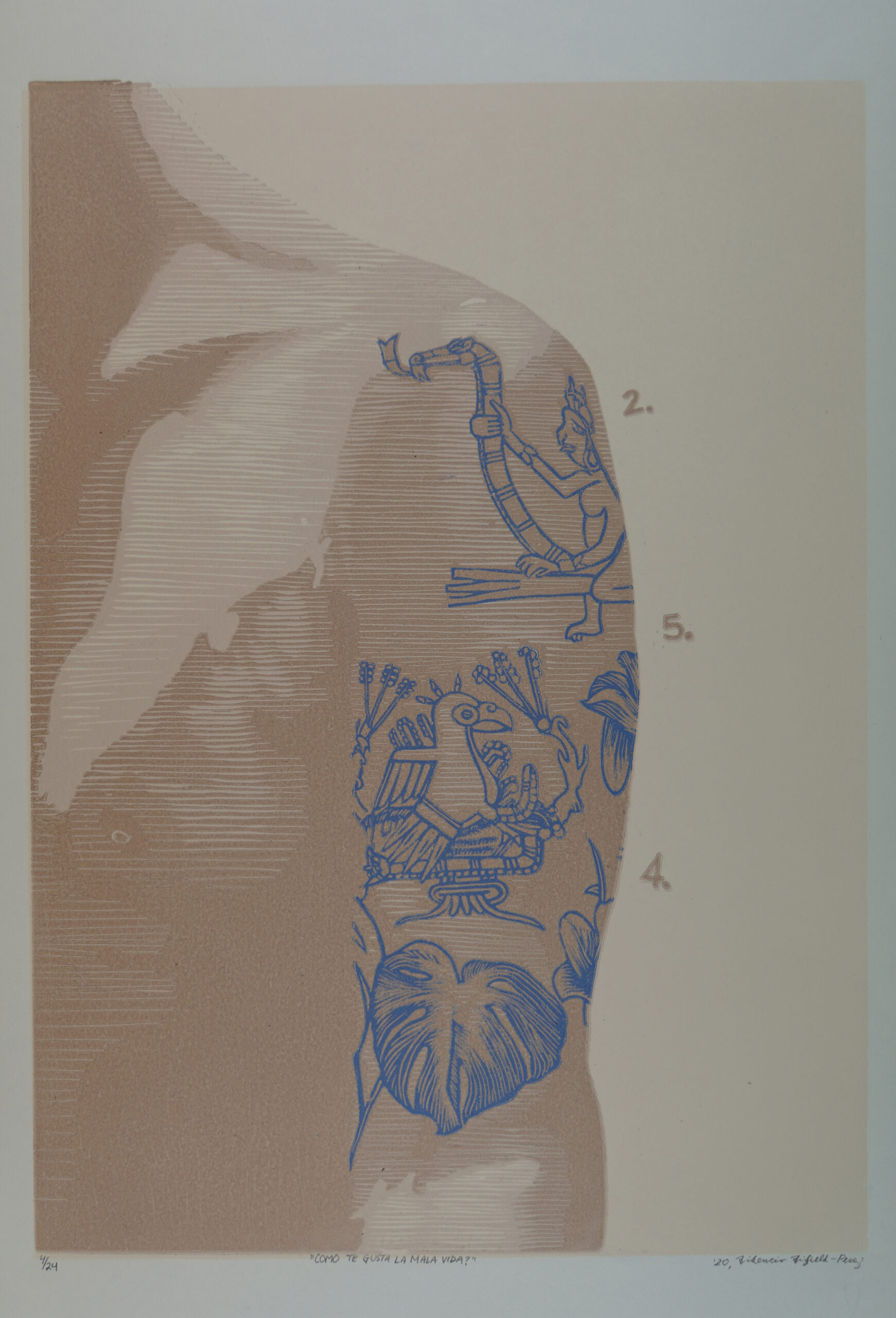
Fidencio Fifield-Perez, Come Te Gusta La Mala Vida, 2020. Reduction linocut. Gift of the artist.
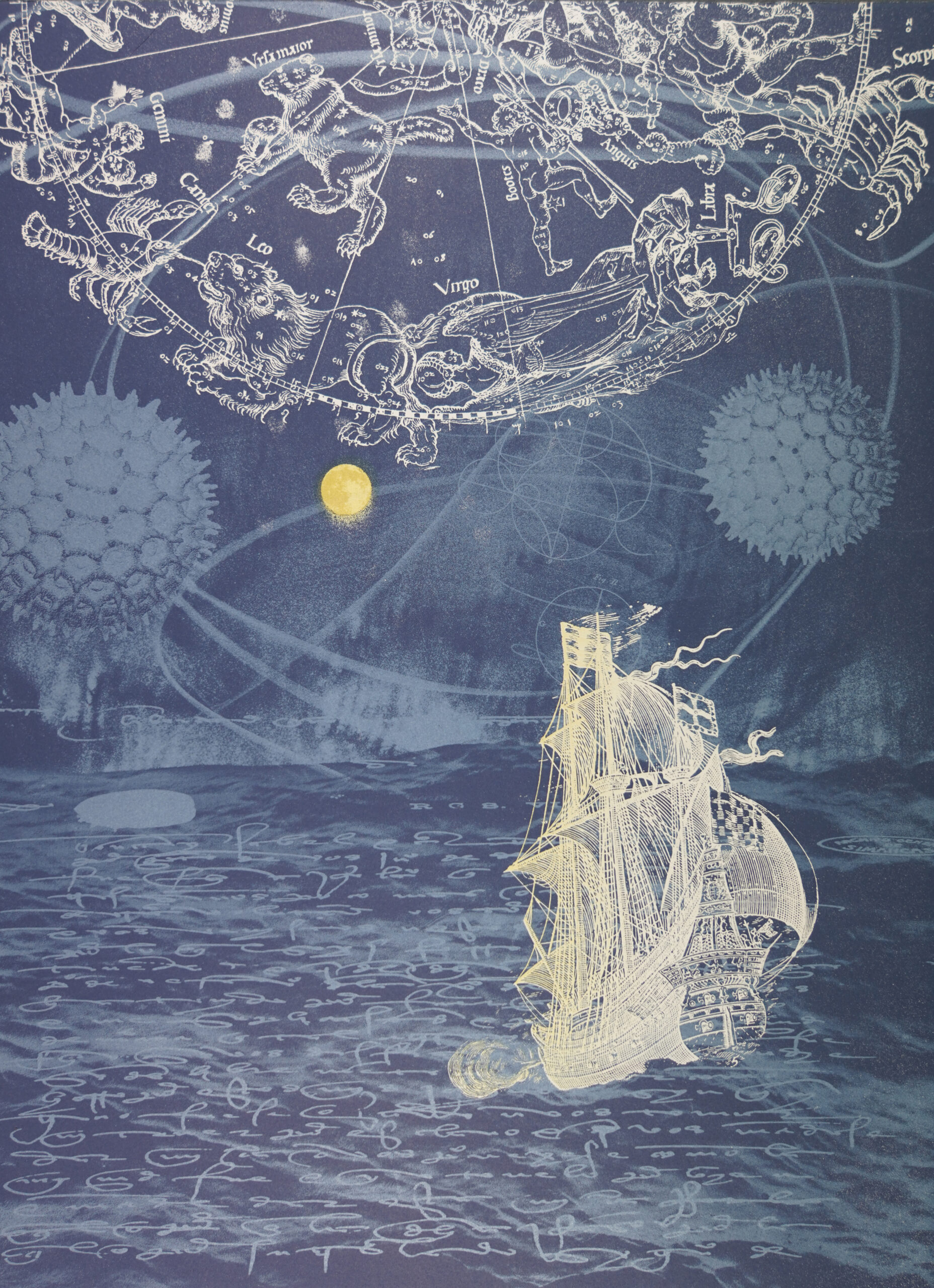
Mark Bovey, Arrival, 2020. Lithograph and screenprint. Gift of the artist.
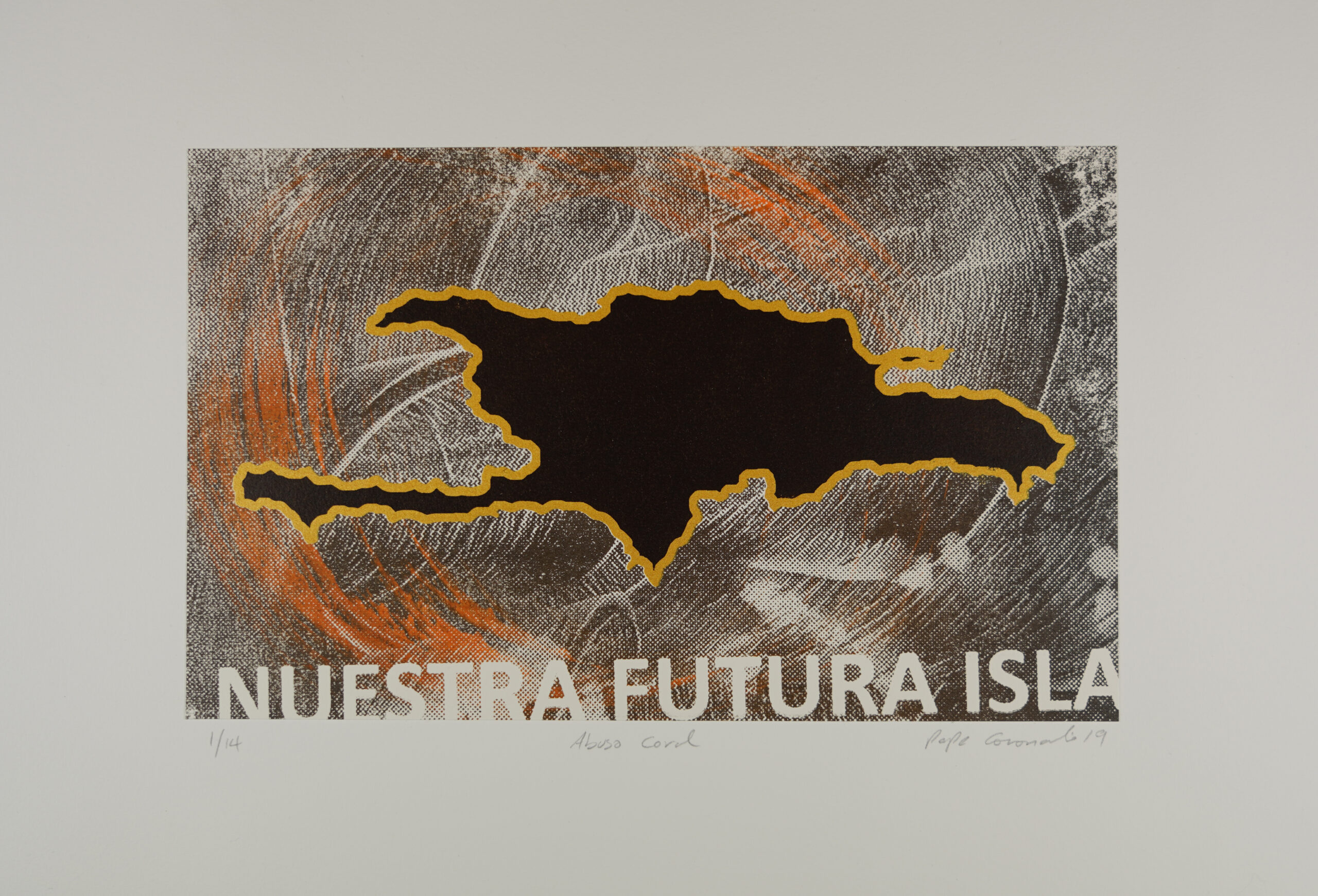
Pepe Coronado, Abusa Coral, 2019. Screenprint. Gift of the artist.
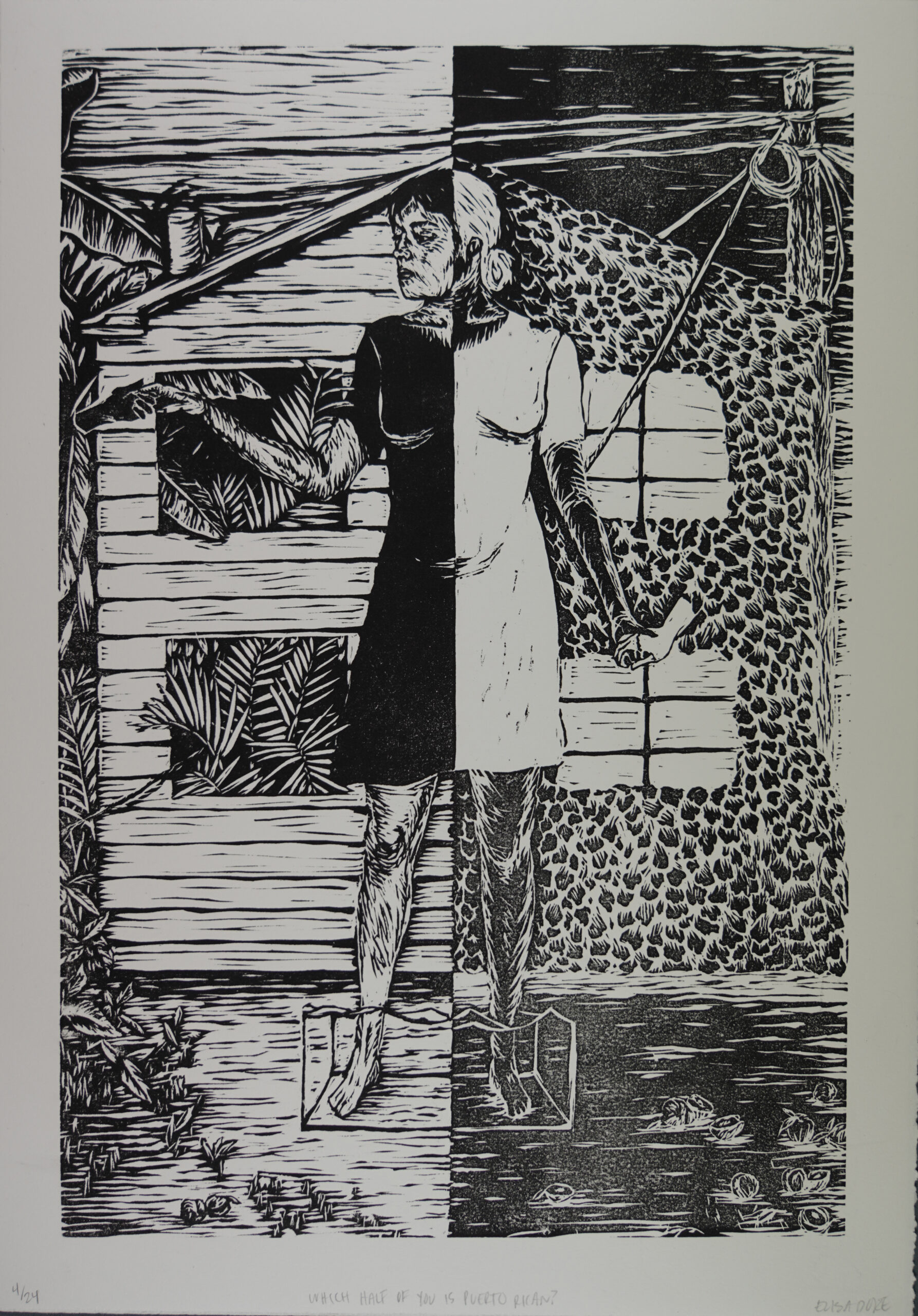
Elisa Dore, Which Half of You is Puerto Rican?, 2019. Woodcut. Gift of the artist.
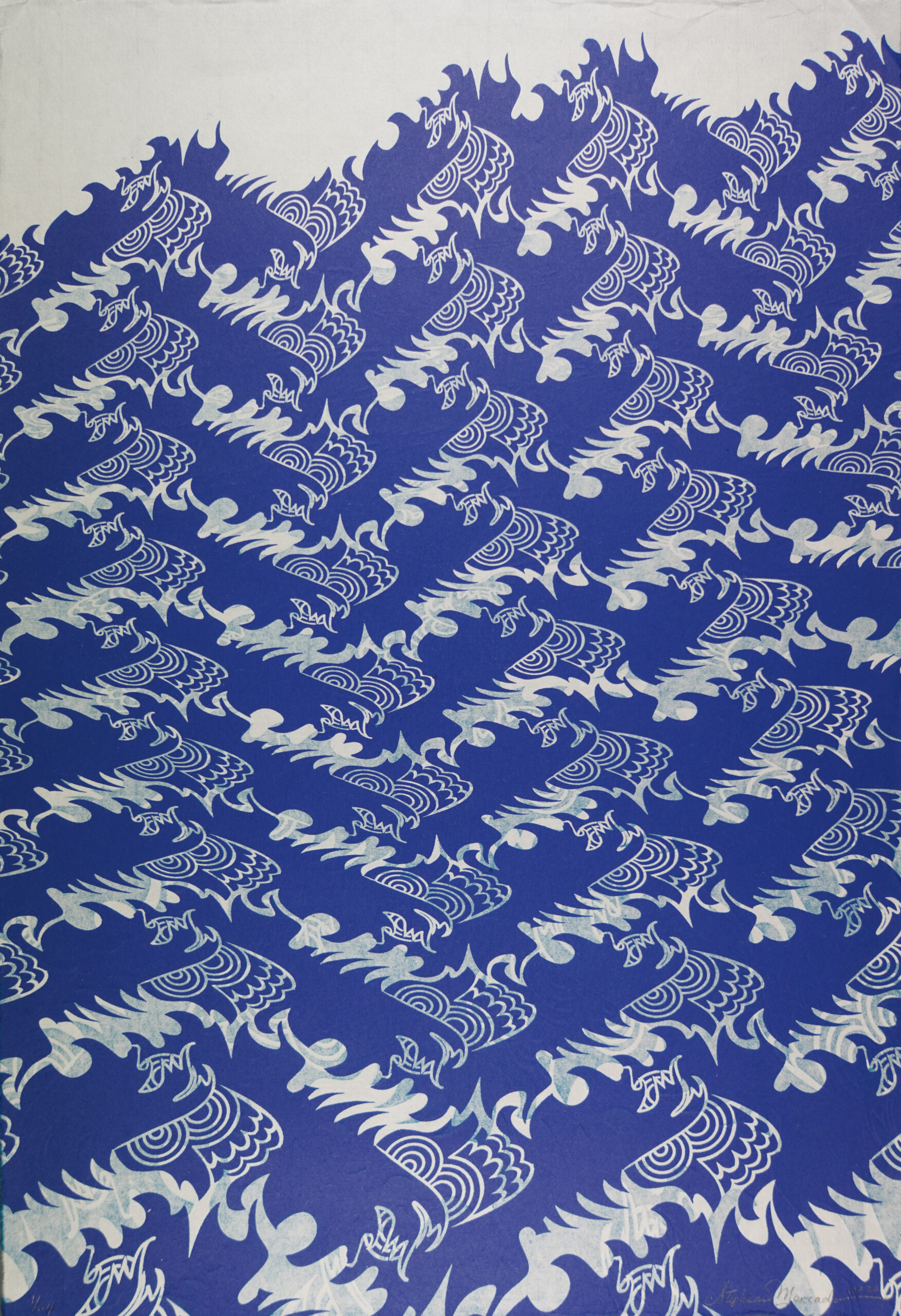
Stephanie Meracado, Untitled, 2020. Relief. Gift of the artist.
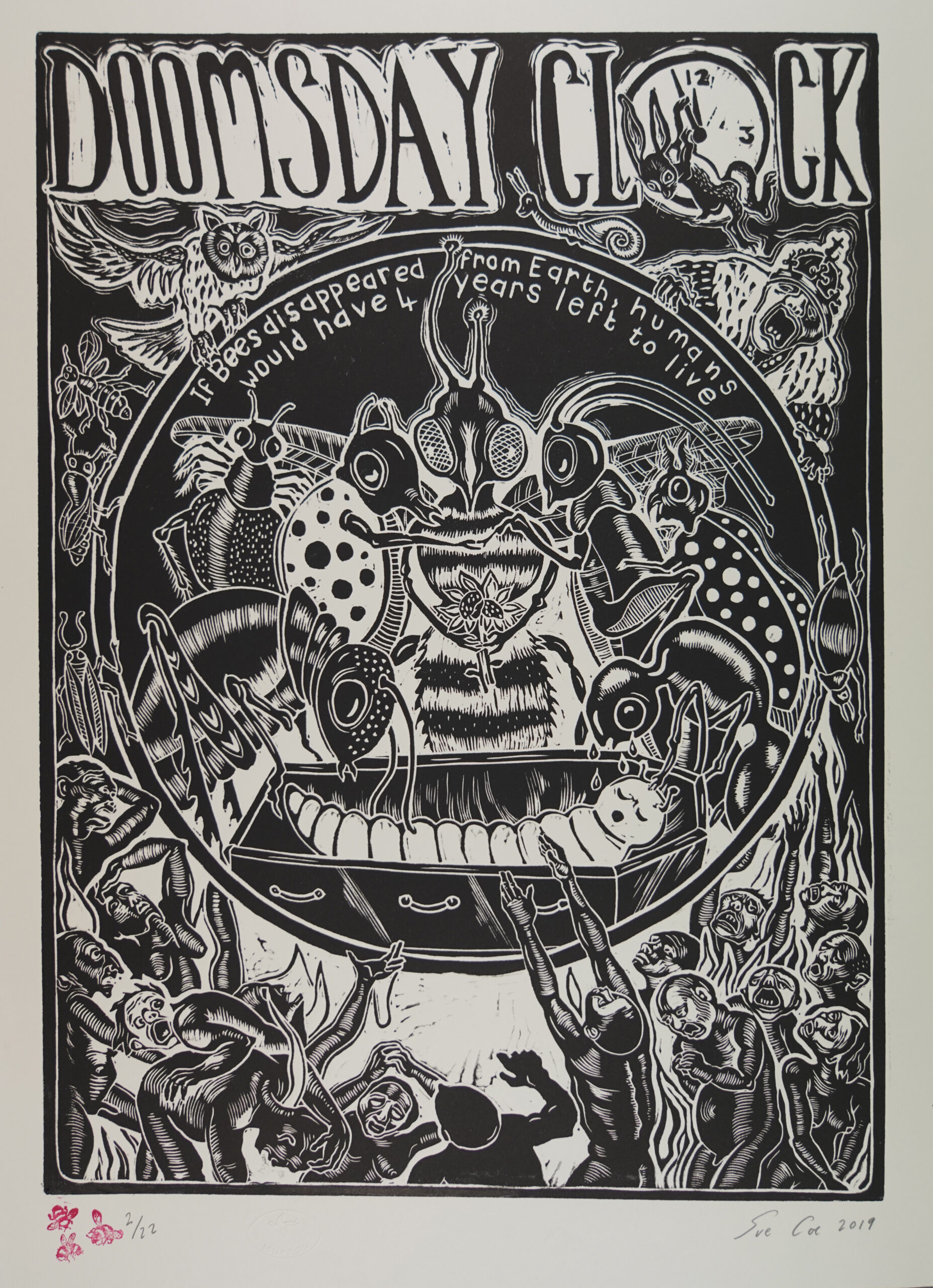
Sue Coe, Doomsday Clock, 2019. Linocut. Gift of the artist.
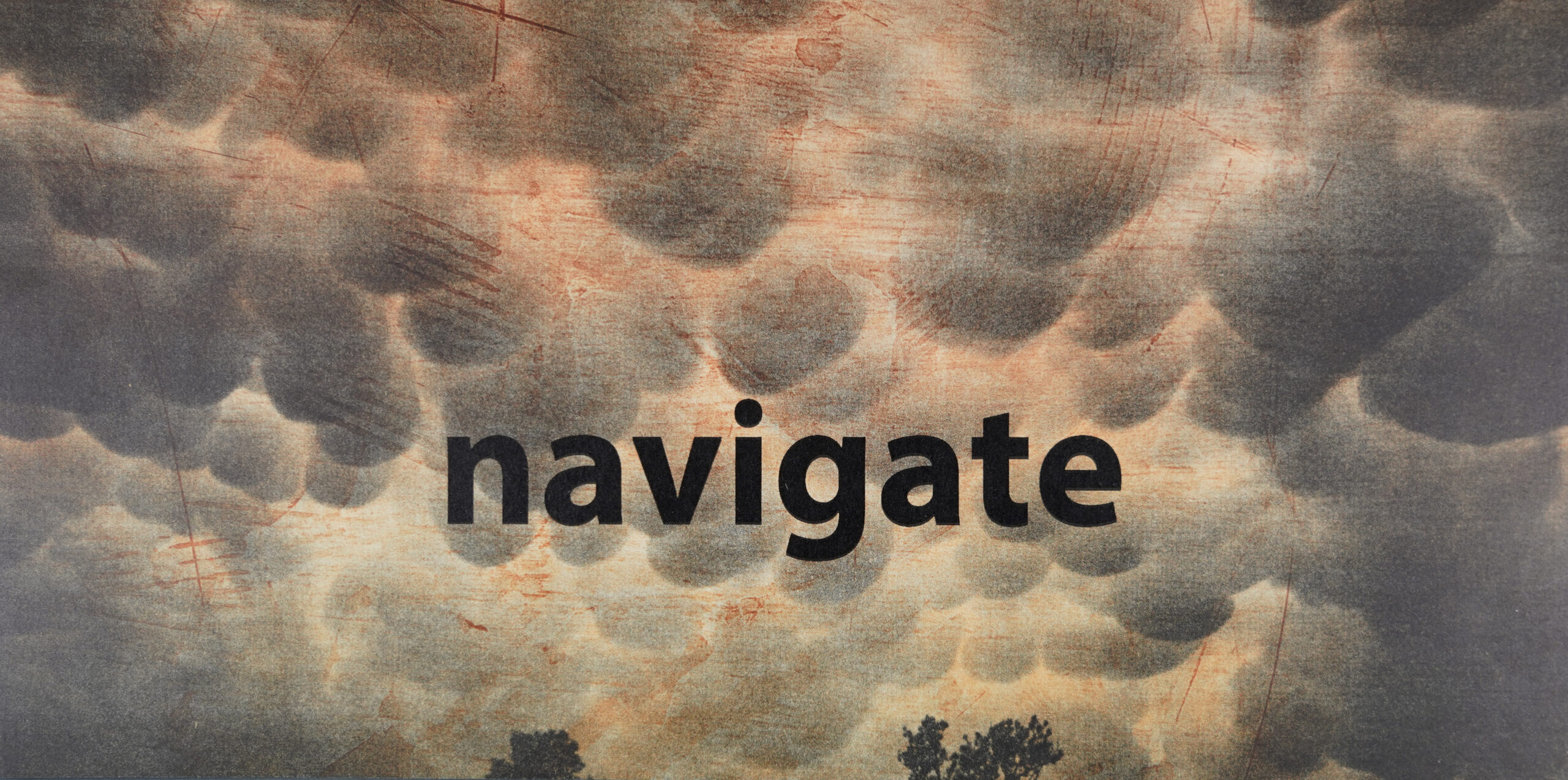
Beth Grabowski, Unusual Circumstances, 2020. Collagraph, lithograph, screenprint and German etching. Gift of the artist.
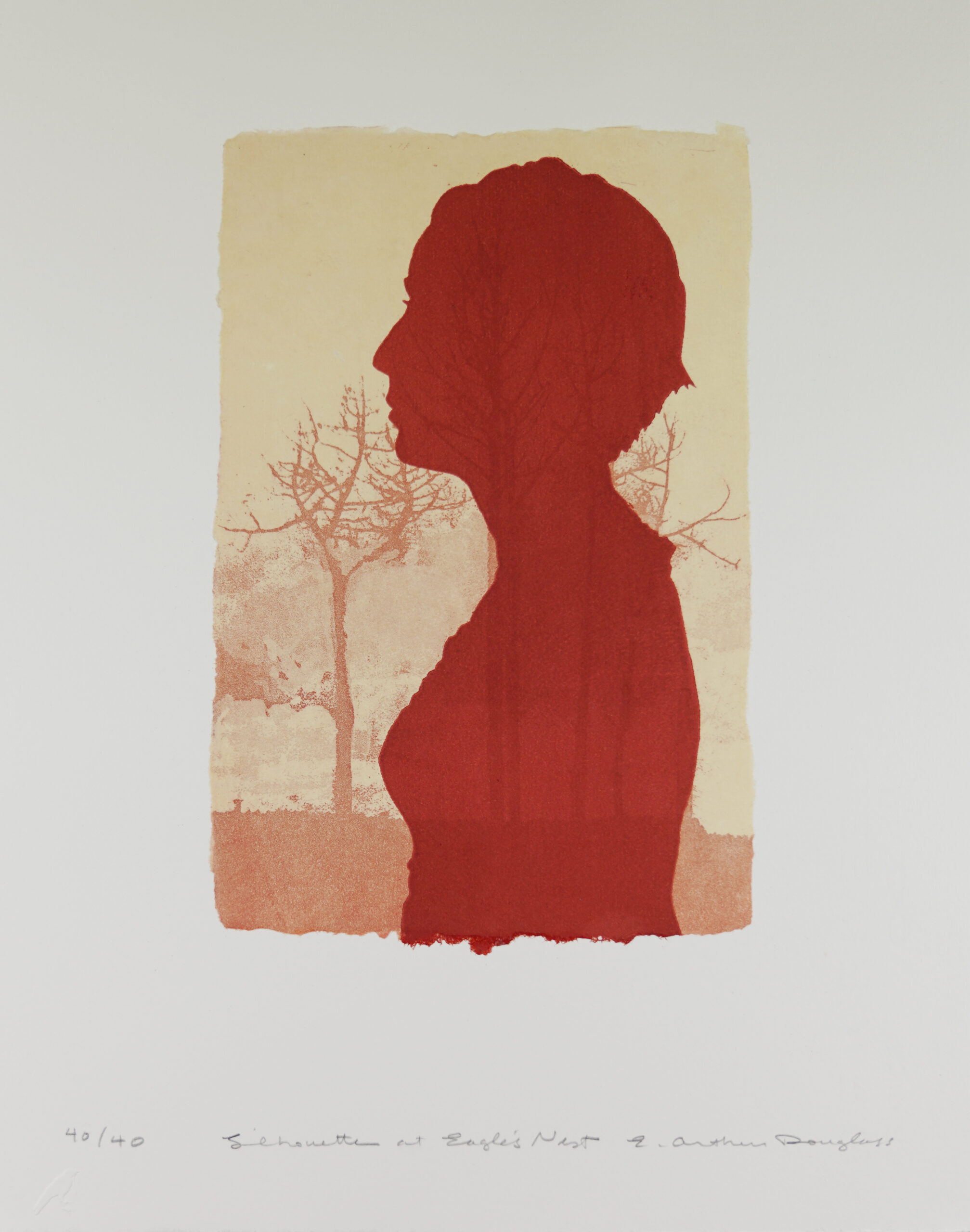
Emily Arthur, Silhouette at Eagle’s Nest, 2007. Intaglio and lithography on handmade paper. Gift of the artist.
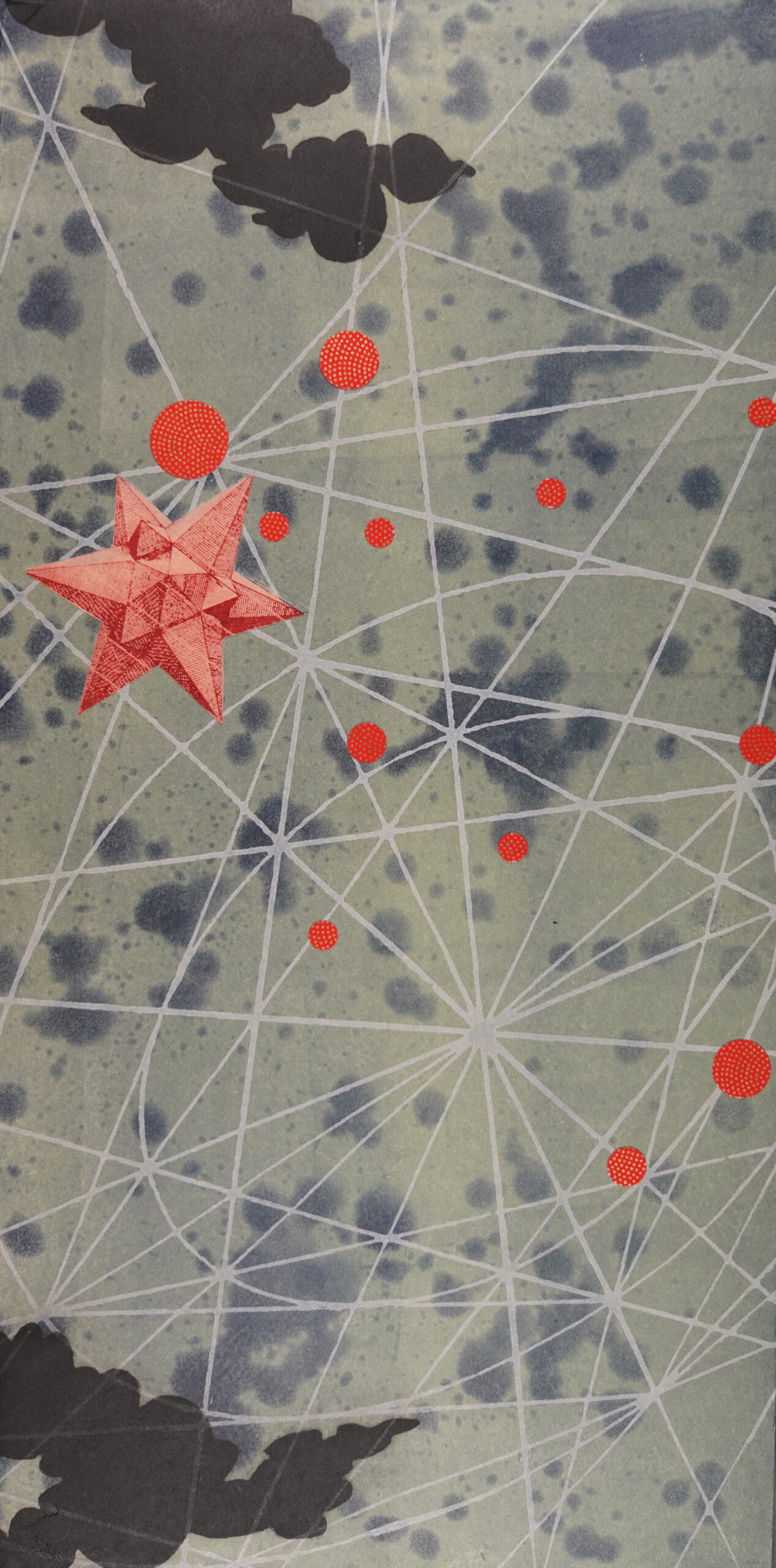
Tanja Softic, Melencolia, 2020. Etching, photopolymer, Chiyogami, and Kozo. Gift of the artist.
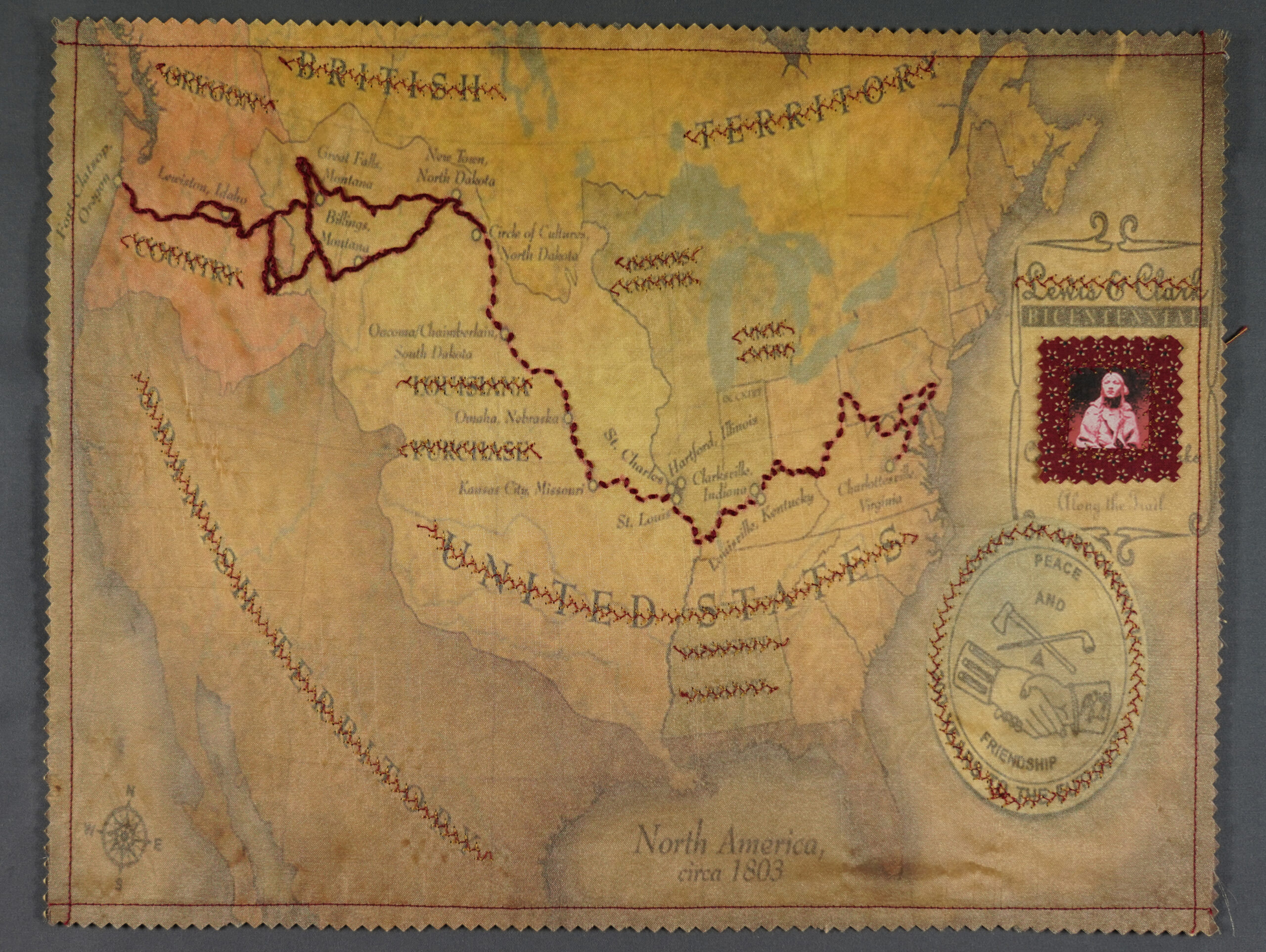
Gina Cestaro, Sacajawea, 2006. Digital print hand-stitching, fabric, and cotton thread. Gift of the artist.
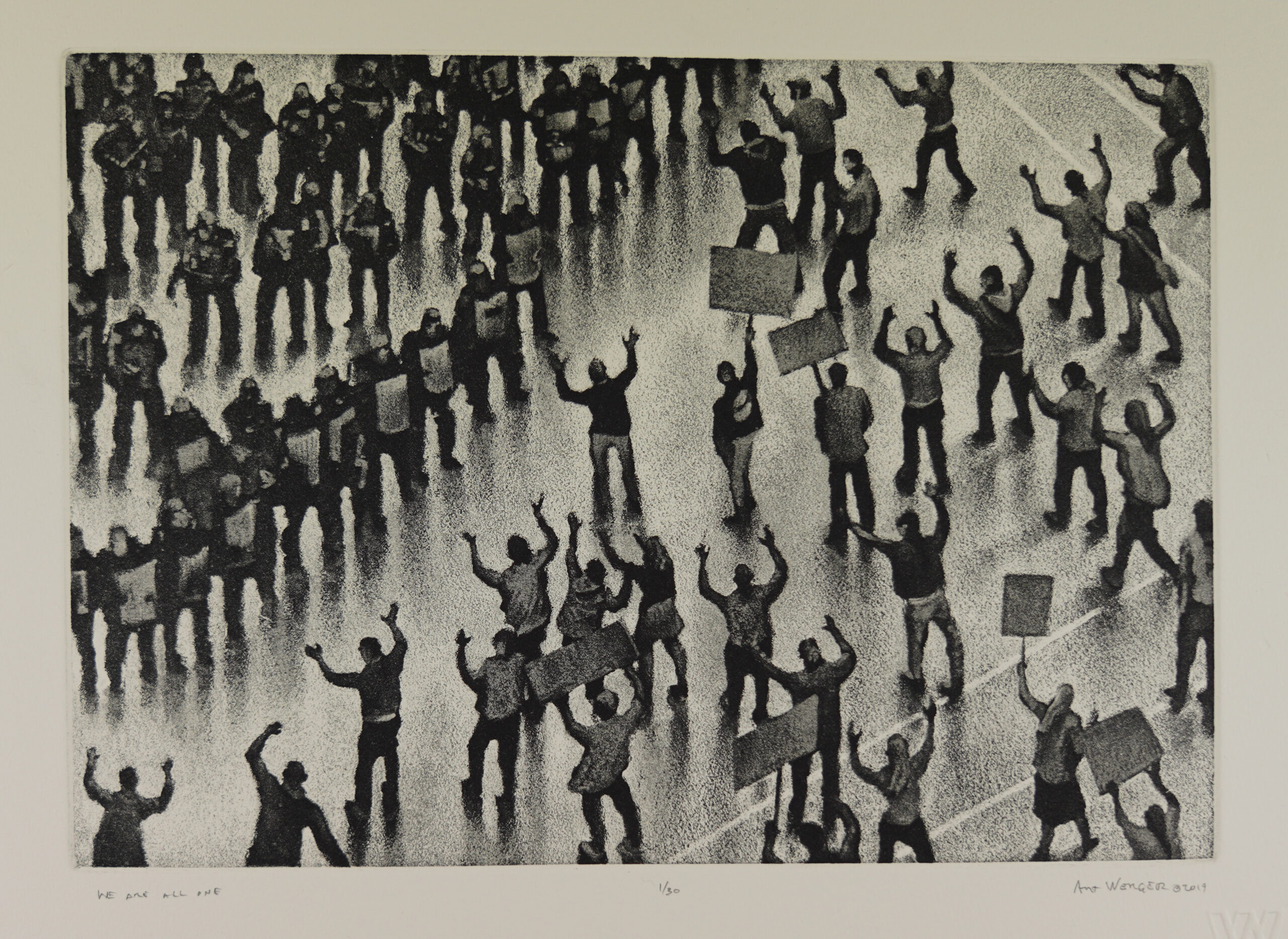
Art Werger, We are All One, 2019. Intaglio. Gift of the artist.
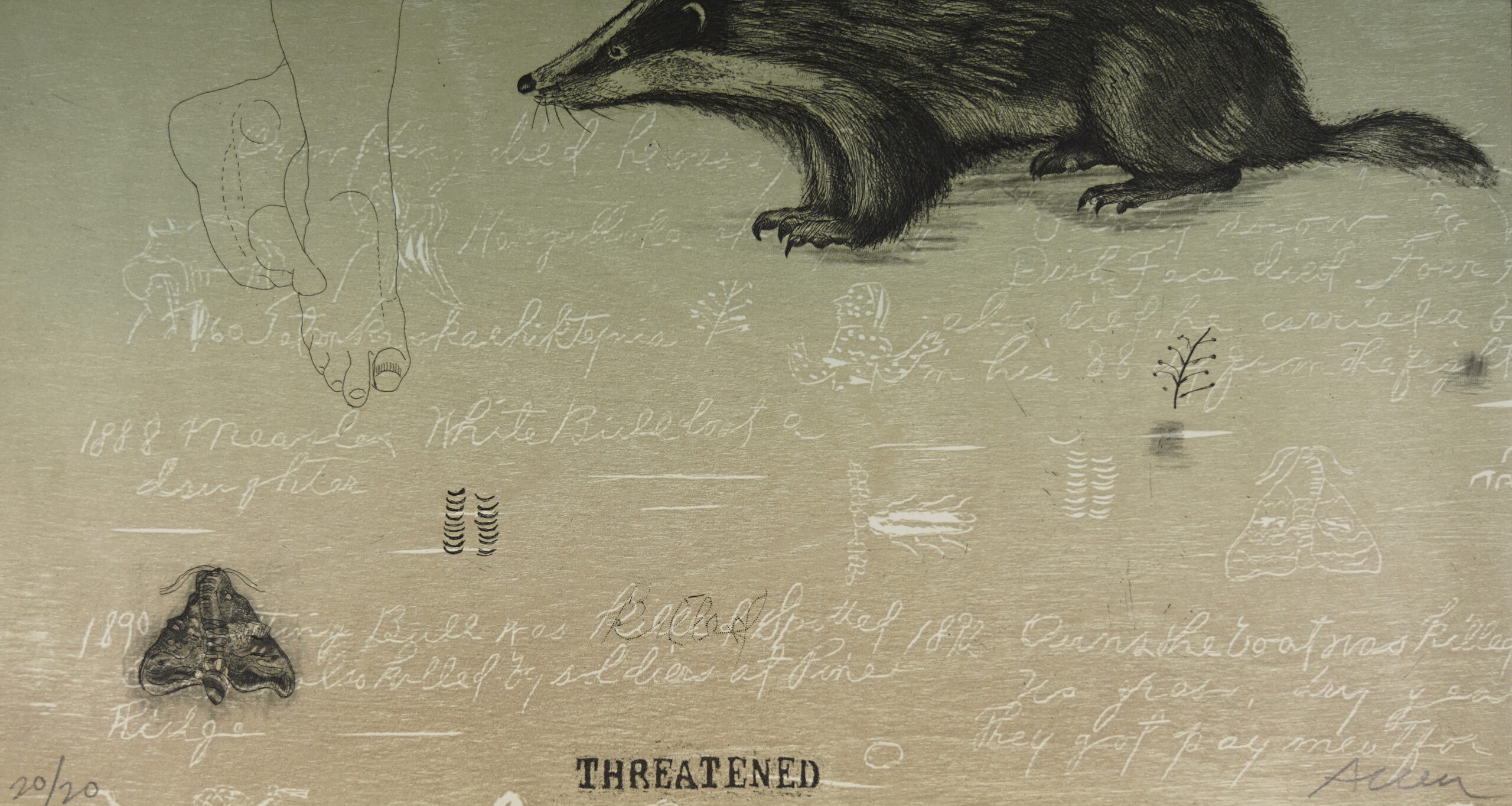
Lynne Allen, Threatened, 2009. Etching and woodcut. Gift of the artist.
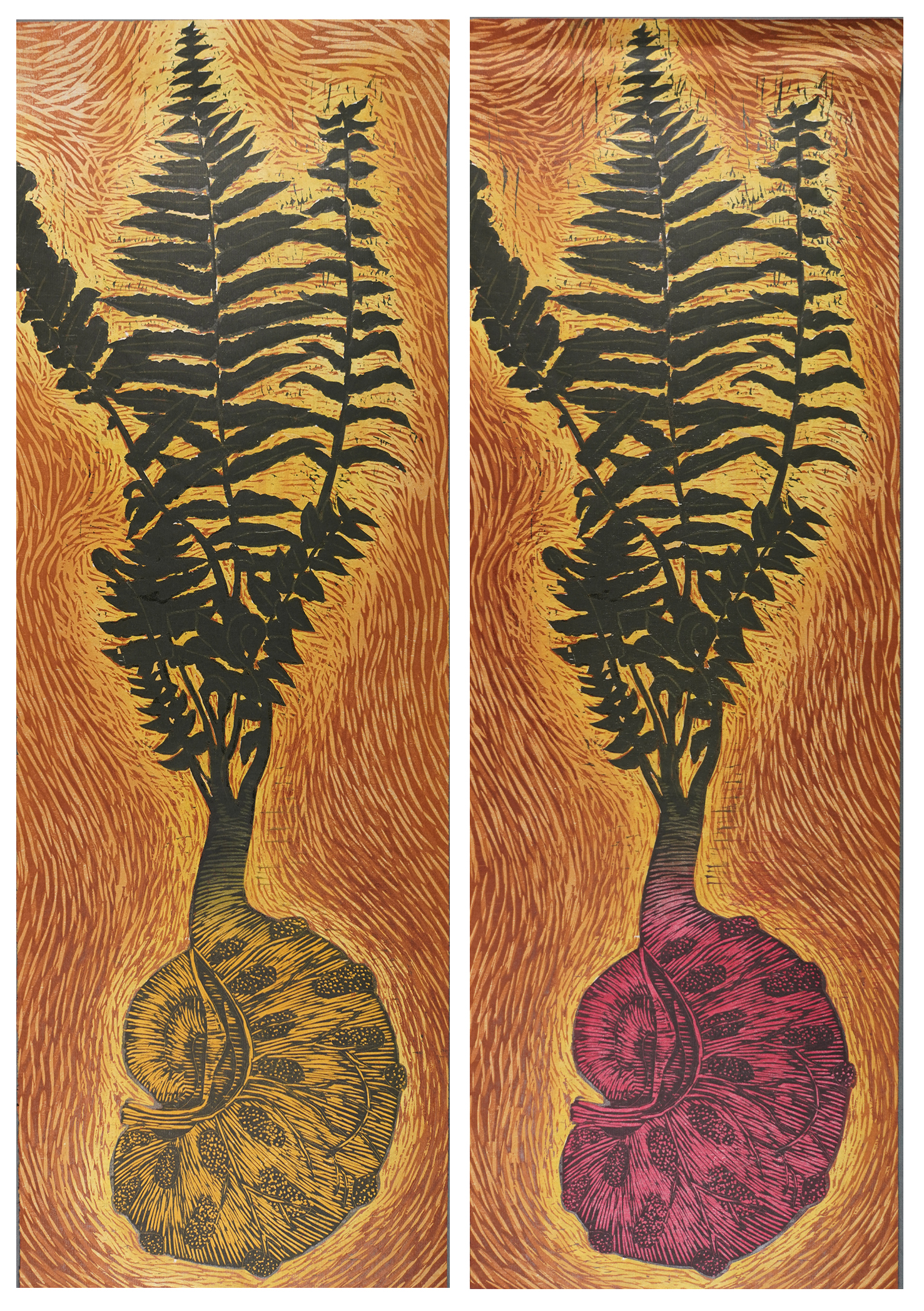
M.J. Park, Lifeforce: Womb, 2002. Relief print. Gift of the artist.
